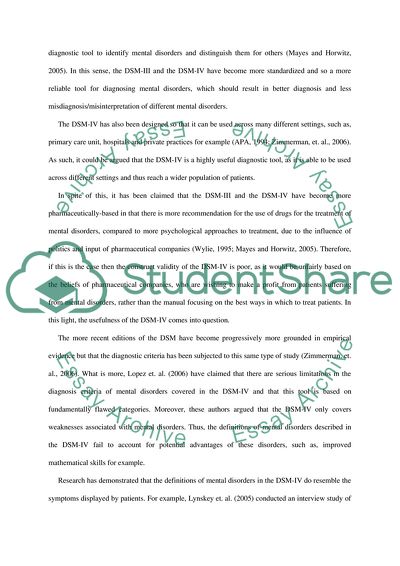Cite this document
(A Critical Evaluation of the DSM-IV Term Paper Example | Topics and Well Written Essays - 1750 words, n.d.)
A Critical Evaluation of the DSM-IV Term Paper Example | Topics and Well Written Essays - 1750 words. Retrieved from https://studentshare.org/medical-science/1745989-a-critical-evaluation-of-the-dsm-iv
A Critical Evaluation of the DSM-IV Term Paper Example | Topics and Well Written Essays - 1750 words. Retrieved from https://studentshare.org/medical-science/1745989-a-critical-evaluation-of-the-dsm-iv
(A Critical Evaluation of the DSM-IV Term Paper Example | Topics and Well Written Essays - 1750 Words)
A Critical Evaluation of the DSM-IV Term Paper Example | Topics and Well Written Essays - 1750 Words. https://studentshare.org/medical-science/1745989-a-critical-evaluation-of-the-dsm-iv.
A Critical Evaluation of the DSM-IV Term Paper Example | Topics and Well Written Essays - 1750 Words. https://studentshare.org/medical-science/1745989-a-critical-evaluation-of-the-dsm-iv.
“A Critical Evaluation of the DSM-IV Term Paper Example | Topics and Well Written Essays - 1750 Words”, n.d. https://studentshare.org/medical-science/1745989-a-critical-evaluation-of-the-dsm-iv.


